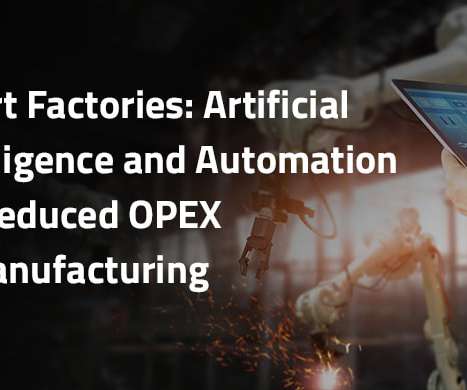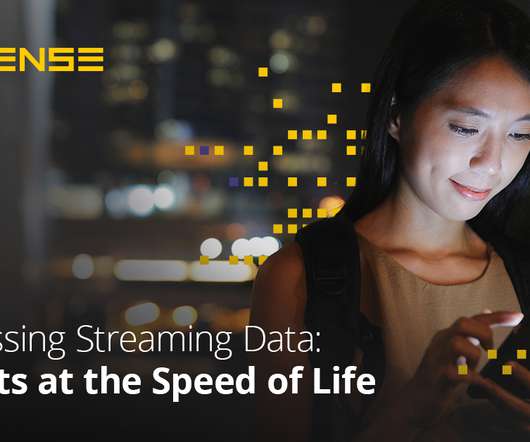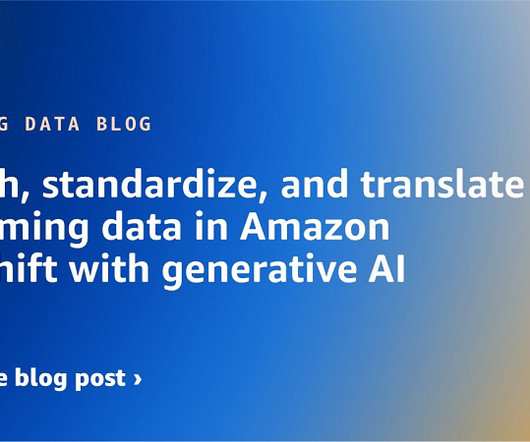Smart Factories: Artificial Intelligence and Automation for Reduced OPEX in Manufacturing
DataRobot Blog
MARCH 10, 2022
This “revolution” stems from breakthrough advancements in artificial intelligence, robotics, and the Internet of Things (IoT). As manufacturing plants start to inject autonomous machines into their day-to-day operations, there is a growing need to monitor these devices and forecast maintenance requirements before failure and downtime.













Let's personalize your content